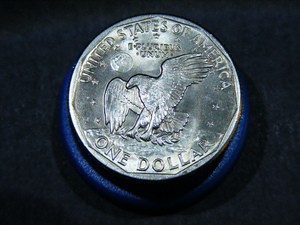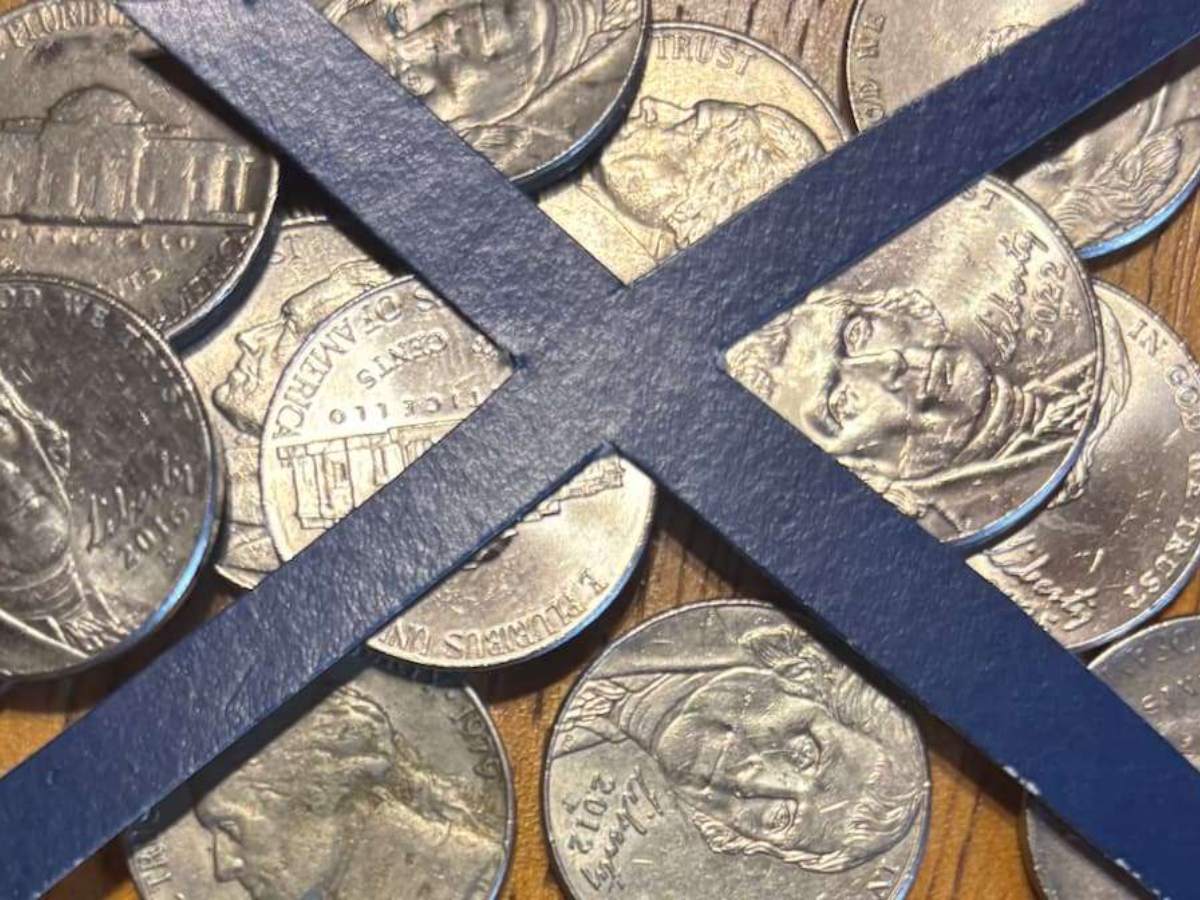 Nobody’s perfect — and that includes the United States Mint and United States Treasury.
Nobody’s perfect — and that includes the United States Mint and United States Treasury.
Yes, while they’ve done a magnificent job coining money for the United States since the 1790s, the facts are there have been some coins that, for whatever reason, ended up falling flat on their faces.
Of course, the best intentions have always gone into deciding what coins our nation has needed. The only problem is that masses haven’t always taken to using the coins that our nation has pumped out.
What are 5 coins that clearly didn’t win over the public opinion?
While these coins may now have strong coin collector bases, the facts are these 5 coins didn’t bode so well when they were released. Let’s find out more about these 5 coin ‘mistakes.’
5 Coin Mistakes The Public Didn’t Like
Well, what are the 5 coins that I’m talking about?
Let’s go ahead and find out more about some of the coins that, well, just didn’t make ‘cents’ to much of the public (OK, don’t worry, no more puns in this article, I promise!).
1943 Steel Cents
While many coin collectors have come to like the 1943 steel pennies, the fact of the matter is that many people simply didn’t enjoy using them. They looked different than the copper-based pennies the public was used to seeing, they felt strangely light, and — perhaps most disturbing — they rusted too easily.
While a protective coating of zinc was plated over the steel core, once it started to wear away, the bright zinc pennies soon turned brown with rust. That’s why so many circulated 1943 steel cents have an ugly crusting of rust on them.
The U.S. Mint and U.S. Treasury listened to the public and from 1944 to 1946 began using recovered copper ammunition shells to make copper-based Lincoln cents again.
While rusted 1943 steel cents aren’t worth much more than face value (5 to 10 cents), lightly circulated 1943 steel cents without any damage are worth 25 cents to $1.
The 2 Cent Piece
While the 2 Cent Piece has the honor of being the first coin to bear the motto ‘IN GOD WE TRUST,’ this coin didn’t succeed in pocket change. First minted in 1864, the 2 Cent Piece was minted only until 1873. It did see usage, but for the sake of giving people the option of using just 1 coin for 2 cents’ of value, it simply didn’t gain traction.
A typical example of a 2 Cent Piece is now worth $20 to $50.
The 20 Cent Piece
One of the shortest lifespans in United States coin history came with the 20 Cent Piece. Minted from 1875 through 1878, the 20 Cent Piece was one of the biggest flops. People confused it with the quarter, which had a very similar design back in the day. In fact, by 1877, mintage was limited to only a few hundred pieces.
The 20 Cent Piece has since become an important coin for numismatists and is worth $100 and up.
The Susan B Anthony Dollar
You probably knew this coin would show up on this list… Yes, the Susan B. Anthony dollar was probably one of the most notorious coins to have ever rolled out of the U.S. Mint. Why? It’s not that the ‘SBA dollar’ was a bad idea in theory. It’s a small coin that’s lightweight and was the first regularly circulating coin to honor a recognizable woman. The problem is that it wasn’t distinctive enough to most users. Therefore, more than too many people confused it with the quarter.
The Susan B. Anthony dollar saw a run that lasted only from 1979 to 1981. Several million more were made in 1999 when a growing need for dollar coins surfaced.
Most Susan B. Anthony dollars are worth only face value. Proof examples and varieties can bring $3 to $5 and up.
The Sacagawea Dollar
It’s safe to say that the failure of the Sacagawea dollar to catch on as a widely circulating coin probably disappointed more than a few people. The Sacagawea dollar was supposed to fix all of the mistakes that the Susan B Anthony dollar suffered.
The Sacagawea dollar has a plain edge, gold color, and distinctive design. However, the U.S. Treasury allowed the dollar bill to circulate along with the Sacagawea dollar.
Because the public still had a choice of paper versus coin, most people went opted to use paper currency instead of the dollar coin. And, because of that, by 2002, mintage of the Sacagawea dollar was almost solely designated for coin collectors.




